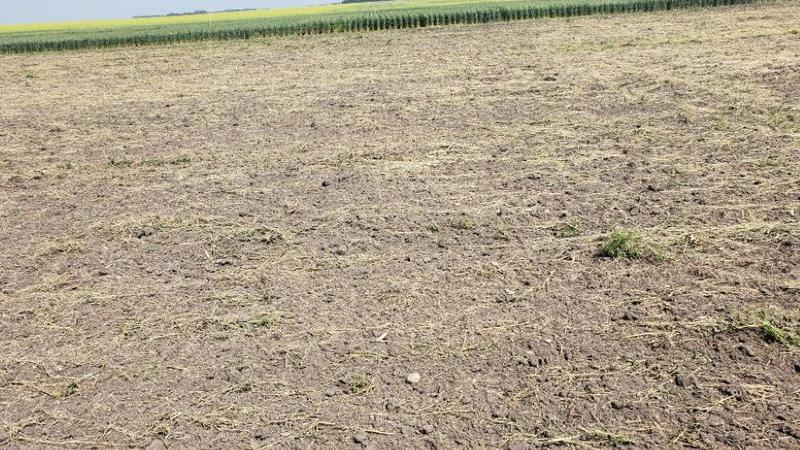
SARM sounds alarm about drought-like conditions in rural areas
The Saskatchewan Association of Rural Municipalities (SARM) is calling for action as dry conditions continue in the province.
“As of now, approximately 20 rural municipalities have notified SARM about declaring states of emergency for drought,” Ray Orb, the association’s president, said in a release. “With the impending weather forecast, it’s anticipated this number will continue to rise …
“We urge all levels of government, industry stakeholders, and the public to unite in support of the affected communities, and to extend a helping hand to ensure their resilience and recovery.”
According to the release, several rural communities and municipalities have seen below-average precipitation for some time. That has caused depleted water supplies, parched soil and what SARM called “substantial hardships for the farmers and ranchers who rely on adequate moisture for both crop production and livestock grazing.”


